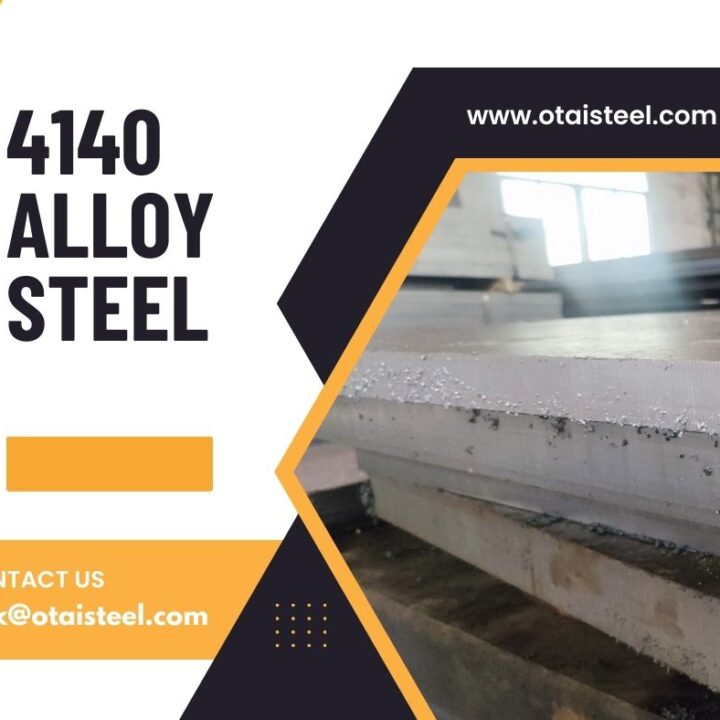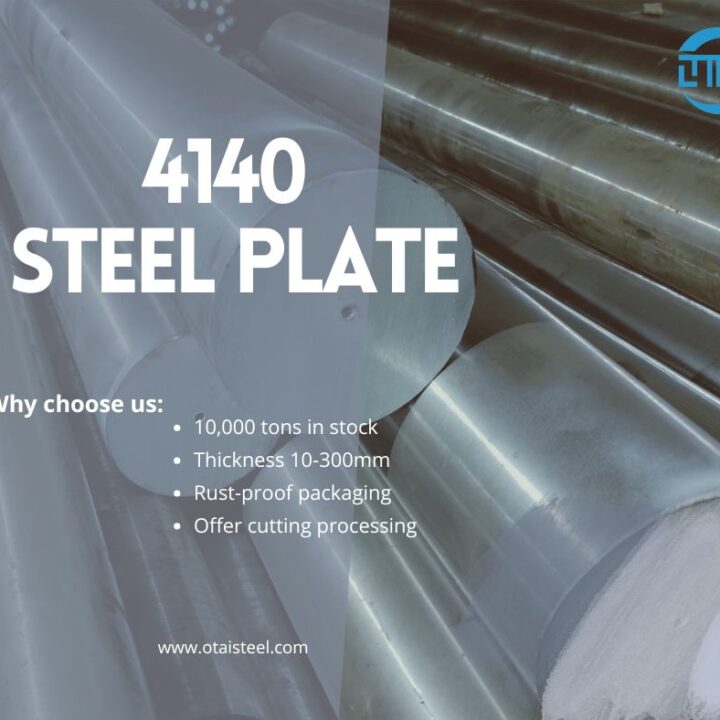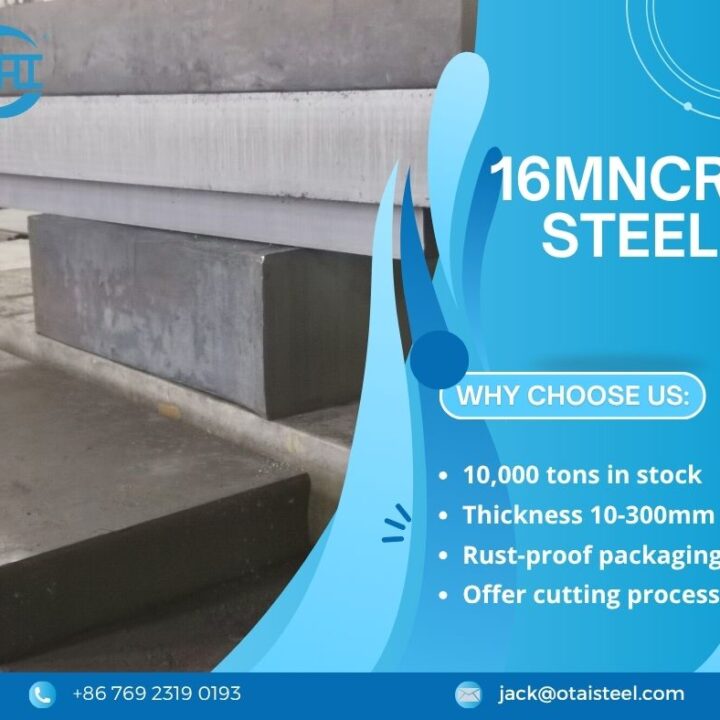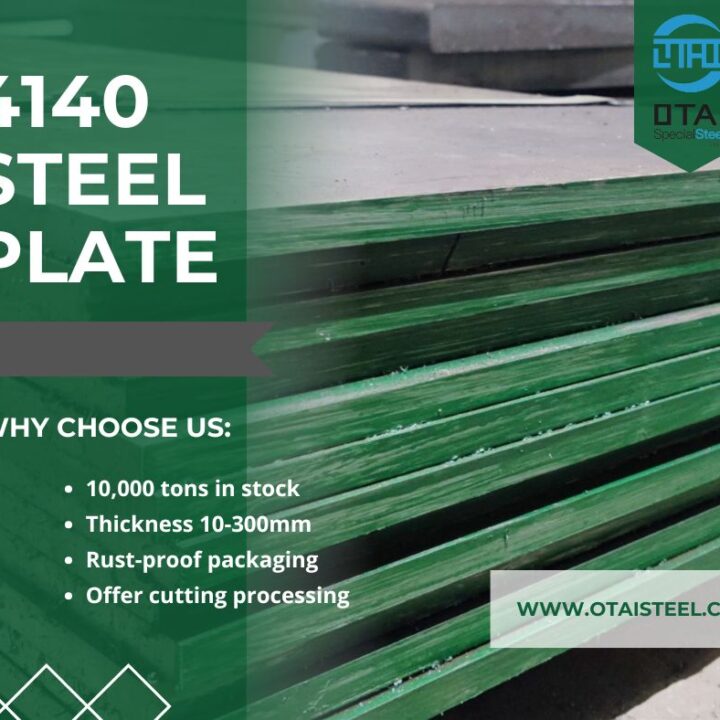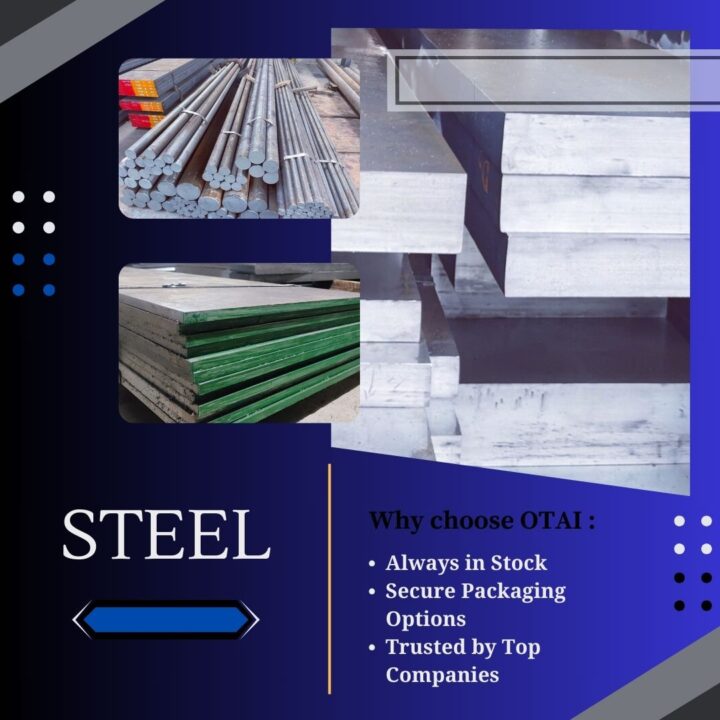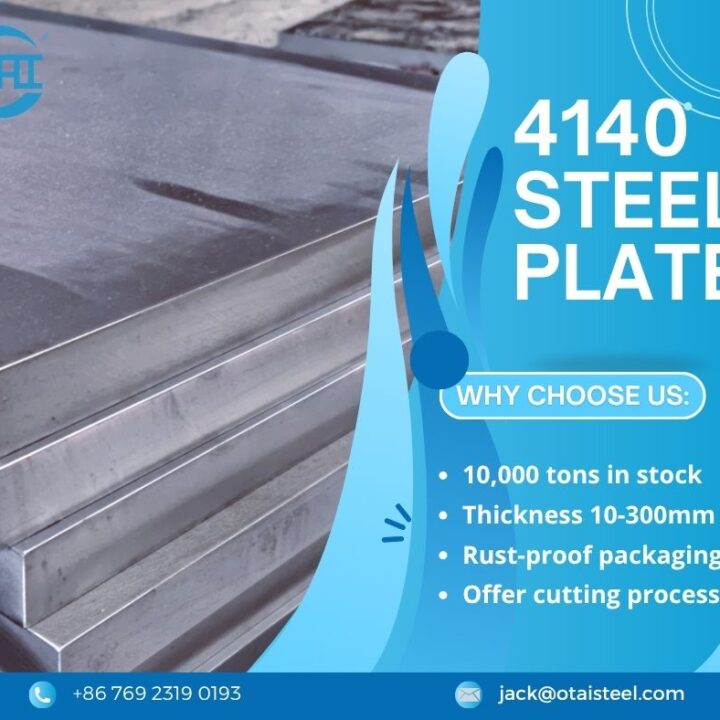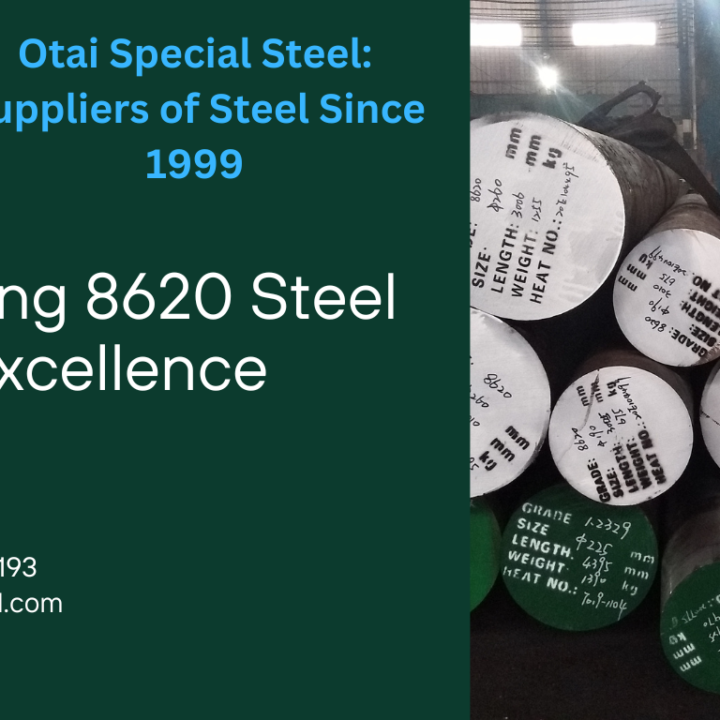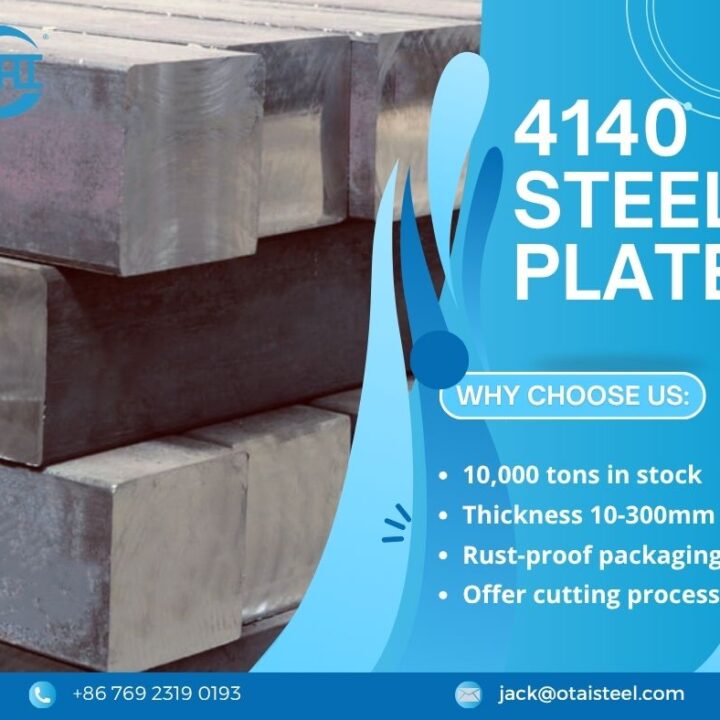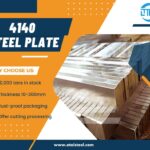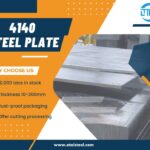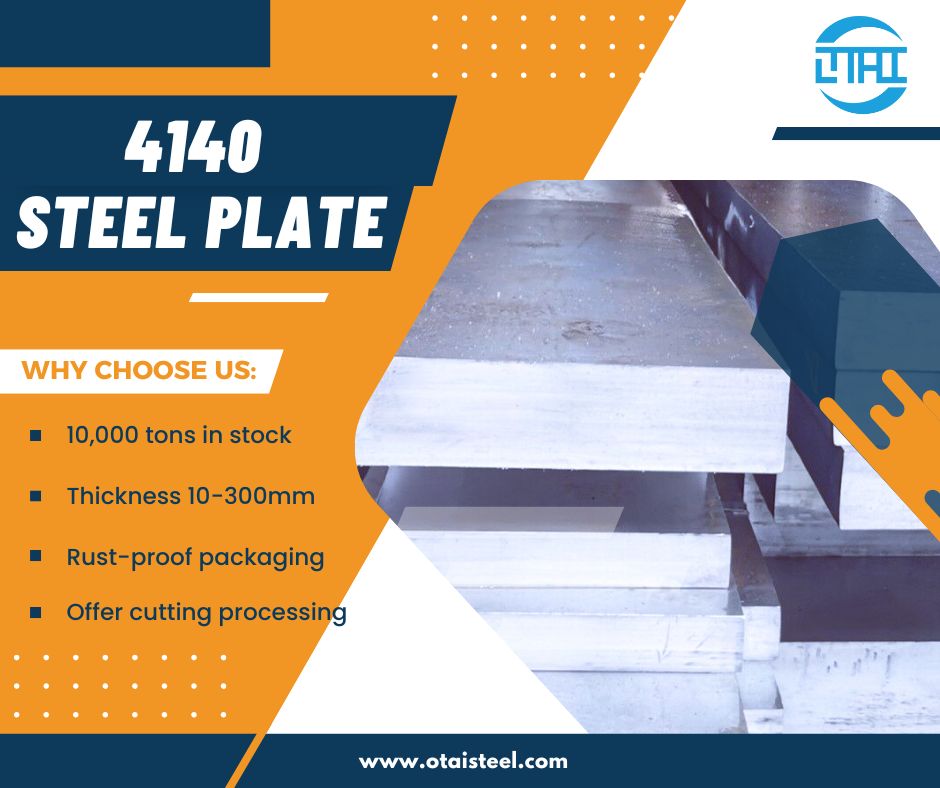 4140 Steel Standard: All You Need to Know About Its Specifications
4140 Steel Standard: All You Need to Know About Its Specifications
If you’re sourcing alloy steel for tough jobs, you’ve likely heard of 4140 steel. But knowing it’s strong isn’t enough—what about its standards? Which countries classify it differently? And which version of 4140 should you choose based on your application? 🤔 Whether you’re a machinist, buyer, or project engineer, understanding the 4140 steel standard is key to making the right decision.
Let’s break it all down with clear specs, comparison charts, and global equivalents!
📏 What Does “4140 Steel Standard” Actually Mean?
In simple terms, a steel standard is a classification system that defines the composition, mechanical properties, and processing methods of a particular steel grade. For 4140 steel, multiple standards exist depending on the country or organization—like AISI, ASTM, DIN, JIS, and ISO.
The U.S. version is typically referenced as AISI 4140 steel standard specifications, but if you’re dealing with suppliers or clients in Germany, Japan, or Europe, you’ll need to translate those specs into DIN, JIS, or ISO terms.
🌐 Global Standards for 4140 Steel
Here’s a helpful comparison table of the 4140 steel standard equivalents in different countries and specifications:
| Standard System | Equivalent Grade | Country/Region | Notable Notes |
|---|---|---|---|
| AISI/SAE | 4140 | United States | Base reference standard |
| ASTM | A29 / A322 4140 | United States | Often used for bar and forging stock |
| DIN | 1.7225 / 42CrMo4 | Germany | Most used 4140 steel DIN equivalent |
| JIS | SCM440 | Japan | Common JIS standard for 4140 steel |
| ISO | 683-1 Grade 42CrMo4 | International | ISO-aligned 4140 alloy steel specification |
| BS (British) | 708M40 | UK | Older British standard for 4140-type steel |
As you can see, while the base chemistry is similar, each standard may vary in tolerance, heat treatment, and dimensional accuracy.
🧪 Chemical Composition According to Standards
Although the core chemical elements stay relatively consistent across most 4140 steel classification systems, some small tolerances exist.
| Element | Typical Range (%) |
|---|---|
| Carbon (C) | 0.38 – 0.43 |
| Chromium (Cr) | 0.80 – 1.10 |
| Manganese (Mn) | 0.75 – 1.00 |
| Molybdenum (Mo) | 0.15 – 0.25 |
| Silicon (Si) | 0.15 – 0.30 |
| Sulfur (S, max) | 0.035 |
| Phosphorus (P, max) | 0.035 |
Understanding this helps ensure you’re choosing a material that meets both regulatory and functional needs—especially when heat treating or machining.
⚙️ Mechanical Properties of 4140 Steel in Different Standards
Another way to compare 4140 steel standard comparison is through mechanical performance. Let’s look at tensile strength, yield strength, and hardness:
| Property | Normalized (approx.) | Quenched & Tempered |
|---|---|---|
| Tensile Strength (MPa) | 850 – 1000 | 1080 – 1320 |
| Yield Strength (MPa) | 650 – 800 | 900 – 1000 |
| Hardness (HRC) | ~24 – 30 | Up to 55 HRC |
| Elongation (%) | ~20 | ~14 – 16 |
So, while the ASTM standard for 4140 steel defines these within certain ranges, always confirm the specific condition (annealed, normalized, Q&T) when comparing.
🛠️ Common Applications Based on Standards
Depending on the 4140 steel standard number used, the application focus may shift slightly.
-
ASTM 4140: Used in crankshafts, axles, and downhole tools.
-
DIN 42CrMo4: Popular in European automotive parts.
-
JIS SCM440: Frequently used in heavy-duty gears in Japanese industries.
-
ISO Grade 42CrMo4: Widely accepted for international machinery standards.
These standards guide heat treatment, machining parameters, and inspection tolerances—critical for engineers working in different countries.
🧭 When Does the Standard Matter Most?
-
🌍 International Procurement: If you’re sourcing from overseas, you’ll want to ensure the local equivalent meets your design specs.
-
🛠️ Heat Treatment Requirements: Some standards require specific hardness levels or microstructural properties.
-
📐 Dimensional Tolerance: Standards often define allowable size deviations for round bars, flats, and forged components.
If you’re unsure, a 4140 steel standard comparison chart can be your best friend.
🏭 Otai Special Steel – Your Reliable Source for 4140 Steel
At Otai Special Steel, we carry over 10,000 tons of alloy steel inventory, including full spec ranges of 4140 steel bars and plates. We provide materials that meet AISI, ASTM, DIN, and JIS standards—ready for cutting, heat treatment, and export packaging.
✅ Services we offer:
-
Ultrasonic Testing (UT)
-
Third-party inspection (SGS/BV)
-
Custom cutting (6mm–300mm thick)
-
Heat treatment: annealed, normalized, or Q&T
-
Global shipping and certification support
Whether you’re sourcing for domestic production or international delivery, we’ll match the exact 4140 steel standard you need.
📞 Contact us now to get a free quote and technical consultation!
📧 Contact us: jack@otaisteel.com
📱 WhatsApp: +8676923190193
❓ FAQ – 4140 Steel Standard
Q1: Are 42CrMo4 and 4140 steel the same?
Yes, they’re equivalents. 42CrMo4 is the DIN standard equivalent of 4140, widely used in Europe.
Q2: Is JIS SCM440 interchangeable with ASTM 4140?
Mostly yes, but double-check heat treatment and mechanical property specs before substituting.
Q3: Can I request dual-certified 4140 material?
Absolutely. Many suppliers (including us) provide dual-certified stock that meets multiple standards (e.g., ASTM + DIN).
Q4: What’s the best standard for oil & gas industry use?
Typically, ASTM A29 4140 Q&T bars are preferred due to their toughness and strength range.
Q5: What is the ISO standard for 4140 steel?
ISO 683-1 Grade 42CrMo4 is the ISO equivalent of 4140 steel.
